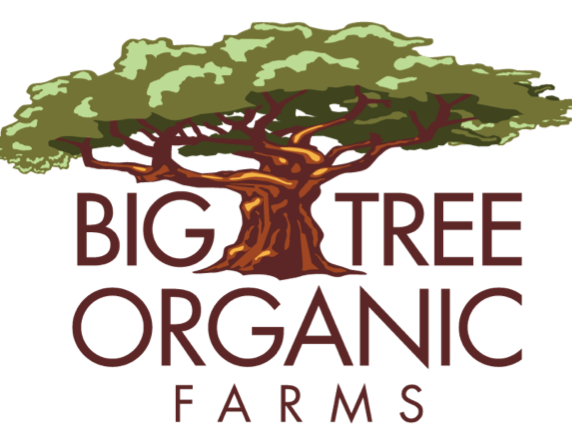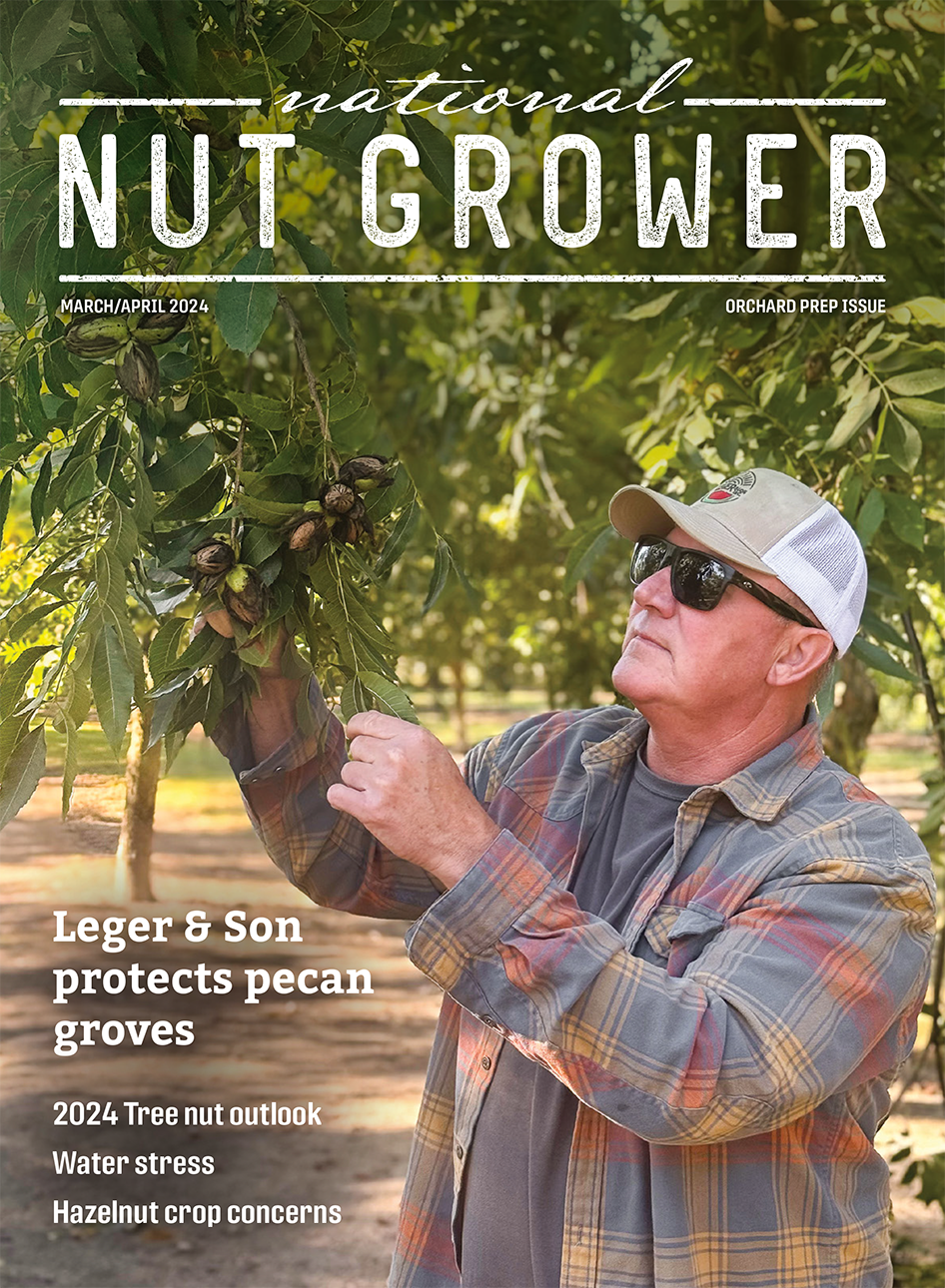
Sep 13, 2021Organic almonds net higher price, but transition is risky
Lower market prices for conventional almonds may motivate more growers to consider going organic, which still commands a premium. But production challenges and other economic factors continue to make the transition a risky endeavor for some farms.
Demand is still increasing for organic almonds, marketers and others in the business say. But state production remains tiny – and has been for years. Organic almonds represent about 1% of total state production of the nut, with bearing acreage in 2019 at 15,206, according to the California Department of Food and Agriculture.
Because supplies are small, Big Tree Organic Farms in Stanislaus County, which markets organic almonds, has consistently looked to sources outside California, often overseas, to satisfy demand, said Susan Cook, a sales representative for the company.
California remains the world’s top almond producer. But with farmers removing their trees due to water shortages, Cook said she expects state organic almond acreage will drop.
Limited state production has hampered growth, she said, as it has resulted in pricing volatility. Some food companies looking to use organic almonds have been reluctant to do so.
“The market could go sky high,” Cook said. “The demand could go even further, but a lot of these larger companies say the production is not stable enough for them.”
That may be changing, however. With conventional almond prices less profitable for farmers in recent years and organic almond prices remaining “relatively stable,” Joe Gardiner of Treehouse California Almonds in Tulare County said he’s seen more grower interest in producing organic almonds. He said he expects to see “significantly more” organic almond acreage come online in the next few years as new plantings enter into production.
“When you’re looking at $1.50 (a pound) return for conventional almonds compared to a $4 return on organic, it starts to incentivize growers to say, ‘Maybe I should do a little bit into organic,'” he said.
Gardiner’s business grows and handles organic and conventional almonds. His family jumped into organic “rather heavily” five years ago by converting several hundred acres, which he said will be tripled by next year. The transition represents a substantial, long-term financial investment, he said, with expectations of lower yields and higher production costs and questions about whether stability of organic pricing will hold.
Learning how to apply organic fertilizers and get nutrients to the trees remains a struggle, he said. Dealing with increased disease pressure is another.
“I think there’s still quite a few unknowns that make it a risky transition or not a very comfortable decision” for growers, Gardiner said.
Steve Koretoff of Purity Organics in Fresno County, which grows, processes and markets organic almonds, said he’s also seen more growers transitioning to organic during the last several years because of the “potential for slightly higher profitability per acre.” He said he thinks organic almond production is now “pretty close” to market demand.
But he acknowledged production challenges remain, with 25% to 30% lower yields for organic compared to conventional. Getting enough nitrogen to the soil represents one of the biggest challenges to organic production, he said.
Even though organic almonds continue to earn a premium to help offset the lower production, Koretoff said grower prices last year “dropped significantly” along with conventional prices due to the larger crop. The decline in price made it “very difficult for a lot of growers to make a profit,” he said.
Though prices are expected to rise this year, he said growers now face soaring production costs in fuel, labor, materials and transportation.
One of the best ways to bolster organic production, Koretoff said, is for growers to be successful. But with California agriculture facing water shortages and other challenges, organic may not be the right choice for every farmer.
“At the end of the day, the price really makes the decision,” Koretoff said. “Until we get the water situation in California figured out, I think we’re going to actually see a decrease in acreage.”
Some progress has been made to help farmers grow organic almonds, said Brent Holtz, University of California Cooperative Extension farm advisor in San Joaquin County, who authored a cost study on organic almond production. For example, mating disruption tools now represent a viable pest control option to combat the destructive navel orangeworm, with a couple of products available for organic production. But farmers still need better and more cost-effective ways to control weeds and address crop nutrition, he added.
His general advice has been for growers to start their orchard conventionally for the first two to three years so they can control weeds, soil-borne diseases and other problems that can severely stress young trees and reduce their growth. They can then make the transition to organic the next three years and be certified by their fifth or sixth year when the trees begin to reach peak production.
“You’re not going to have a crop your first two years anyway, so I’d concentrate on growing that tree,” Holtz said.
Historically, very little investment has gone into organic agriculture compared to conventional, said Houston Wilson, director of the University of California Organic Agriculture Institute, which was formed last year. Because of the lack of research in this area, he said, growers need help across the board, though their top two priorities are crop nutrition and weed control.
Wilson said he thinks lower yields and higher costs are not inherent in organic agriculture per se. But that may be the case now due to historic underinvestment in the sector.
“Organic production in its current form definitely has not had a chance to be optimized,” Wilson said. “If you measure the amount of effort and investment that has gone into the development of these conventional systems compared to organic, it’s way out of sync by orders of magnitude.”
Establishment of the institute, he said, represents an effort to address organic growers’ needs – so that they have a “more reliable set of technical practices in place” for their cropping systems.
– Ching Lee, California Farm Bureau Federation







